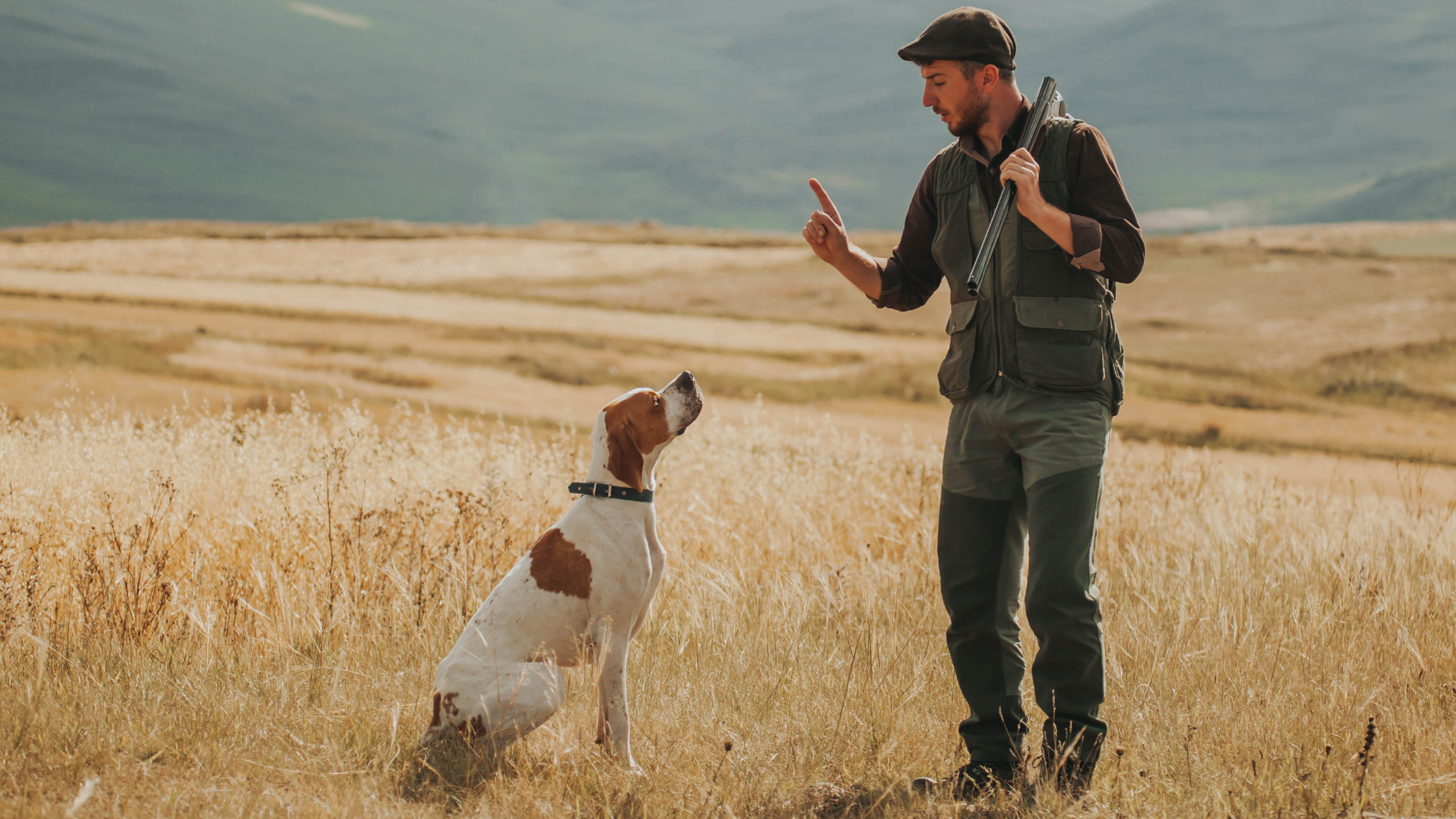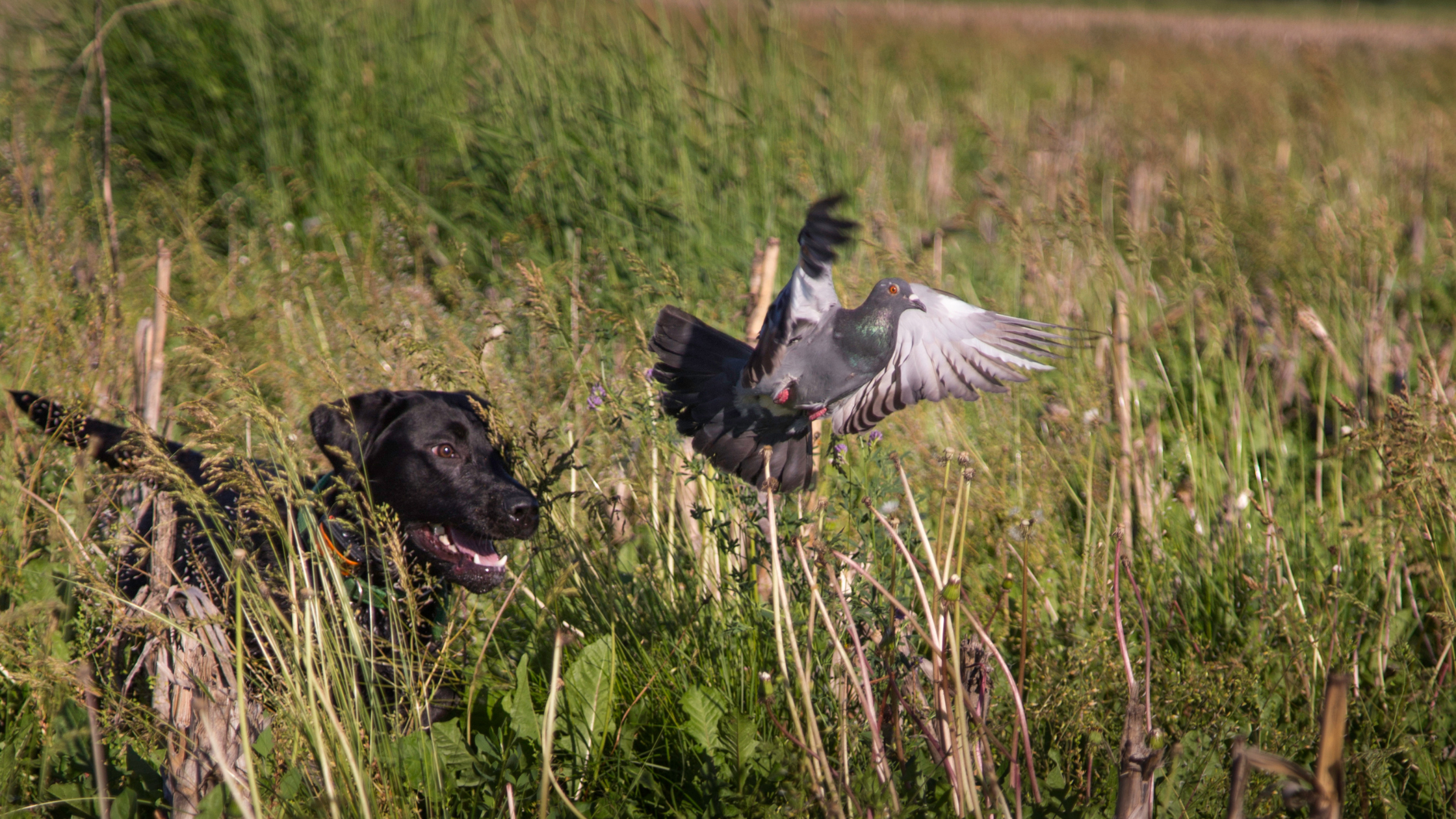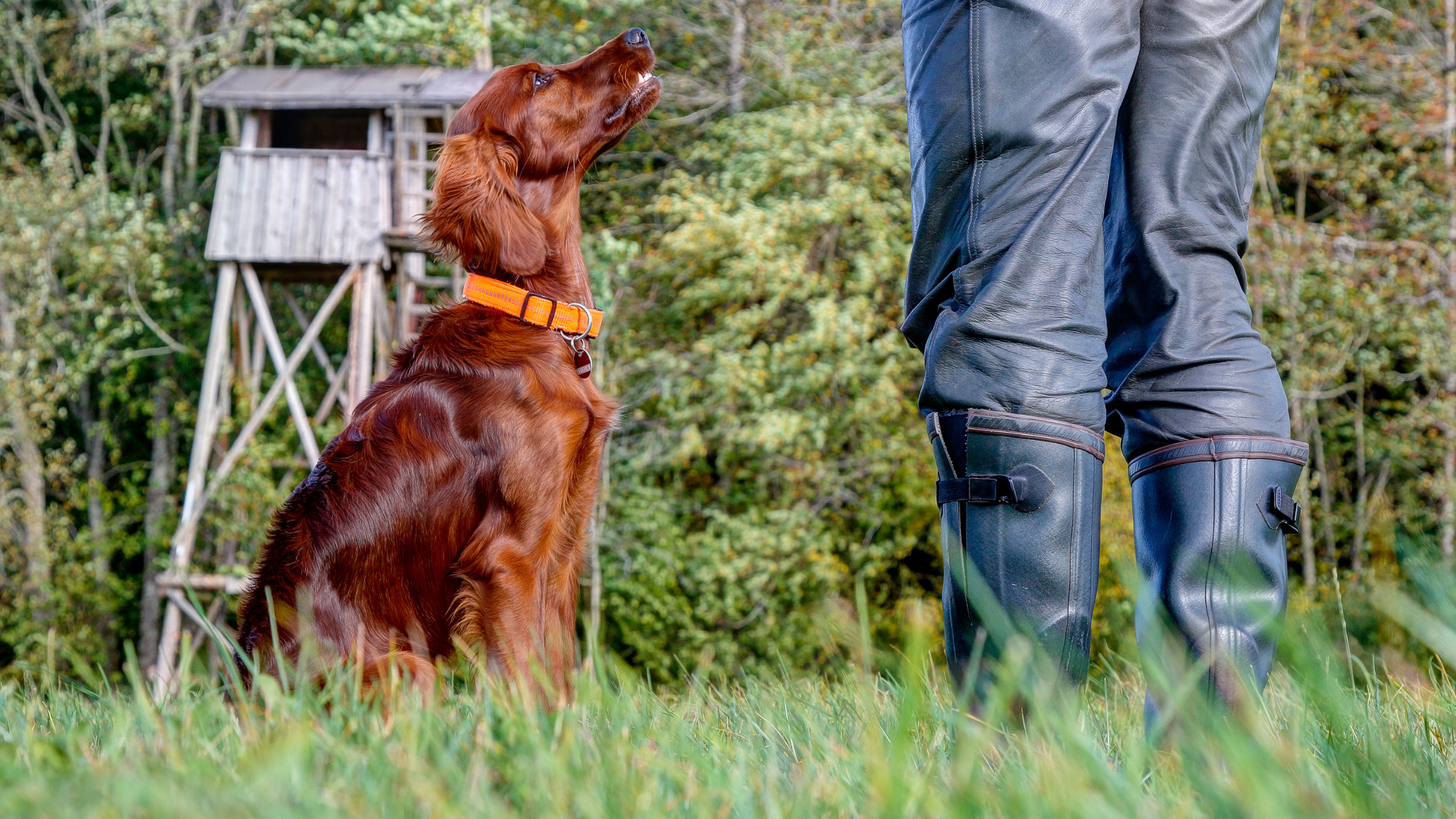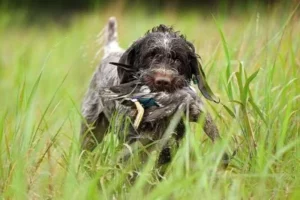When it comes to dog training, particularly for hunting dogs, understanding and applying positive reinforcement is crucial. This method not only fosters a strong bond between you and your dog but also enhances their skills and behavior in a humane and effective manner.
In this comprehensive guide, we will delve into the principles of positive reinforcement, explore practical techniques, and offer insights into how you can apply these strategies to train your hunting dog successfully.
What is Positive Reinforcement?
Positive reinforcement in dog training refers to the practice of rewarding a dog for performing a desired behavior. This approach encourages the dog to repeat the behavior by associating it with a positive outcome, such as treats, praise, or playtime. Unlike punishment-based methods, positive reinforcement focuses on reinforcing good behavior rather than correcting bad behavior.
Why Choose Positive Reinforcement for Dog Training?
Positive reinforcement is a favored approach among dog trainers for several reasons:
Builds Trust and Confidence: When dogs are rewarded for their good behavior, they become more confident and trusting of their trainers. This is particularly important for hunting dogs, who need to be both responsive and confident in the field.
Enhances Learning: Dogs learn more effectively when they are motivated by rewards. Positive reinforcement helps them understand what behaviors are desirable and encourages them to repeat these behaviors.
Promotes a Positive Training Experience: Training with rewards is more enjoyable for both the dog and the trainer. It creates a positive learning environment, reducing stress and resistance.
Implementing Positive Reinforcement in Dog Training
To harness the full potential of positive reinforcement, it’s essential to apply it thoughtfully and strategically in your dog training routine. Here are some practical steps to effectively integrate positive reinforcement techniques, ensuring your hunting dog not only learns quickly but also enjoys the training process.
1. Identify Desired Behaviors
The first step in implementing positive reinforcement is to clearly identify the behaviors you want to encourage in your dog. For hunting dogs, these behaviors might include:
Recall: Coming back to you promptly when called.
Retrieve: Bringing back game or training dummies.
Stay: Remaining in place until given a command.
Focus: Paying attention to you amidst distractions.
2. Choose Effective Rewards
Selecting the right rewards is crucial for successful positive reinforcement. Consider the following options:
Treats: High-value treats, such as small pieces of chicken or cheese, can be very effective. Ensure the treats are something your dog finds irresistible.
Praise: Verbal praise and affection can be powerful motivators. Use enthusiastic and sincere praise to let your dog know they’ve done well.
Toys and Play: For dogs who are highly motivated by play, using their favorite toy as a reward can be very effective.
3. Timing is Key
The timing of your reward plays a significant role in the effectiveness of positive reinforcement. To help your dog associate the reward with the desired behavior, provide the reward immediately after the behavior occurs. This helps the dog make the connection between their action and the positive outcome.
4. Be Consistent
Consistency is essential for successful dog training. Ensure that you use the same commands and reward system each time the desired behavior is performed. Inconsistencies can confuse your dog and hinder their learning process.
5. Gradually Increase Difficulty
As your dog becomes more proficient in performing the desired behaviors, you can gradually increase the difficulty of the tasks. This might involve practicing in more challenging environments or adding distractions. Continue using positive reinforcement to encourage your dog as they tackle these new challenges.
Common Challenges and Solutions
While positive reinforcement is a highly effective training method, you may encounter some common challenges along the way. Let’s address these potential issues and provide practical solutions to help you overcome obstacles and maintain a successful training regimen for your hunting dog.
Challenge: Lack of Motivation
If your dog seems uninterested in rewards, it may be a sign that the rewards are not motivating enough. Try varying the rewards or using higher-value treats. Additionally, ensure that you are not inadvertently rewarding unwanted behaviors.
Challenge: Inconsistent Responses
Inconsistent responses can occur if you fail to reward immediately or if there is a lack of clarity in your commands. Make sure to reward promptly and use clear, consistent commands to help your dog understand what is expected.
Challenge: Overuse of Treats
While treats are effective, relying solely on them can lead to potential issues, such as weight gain or dependency on treats. To address this, gradually incorporate other forms of rewards, such as praise and playtime, into your training routine.
Advanced Positive Reinforcement Techniques
To further enhance your dog training strategy, exploring advanced positive reinforcement techniques can provide additional tools and methods for refining your dog’s skills. Here are innovative approaches that can elevate your training sessions and achieve even greater results with your hunting dog.
1. Clicker Training
Clicker training is a popular method that involves using a clicker—a small device that makes a distinct sound—to mark desired behaviors. The sound of the clicker is followed by a reward, helping the dog understand precisely which behavior is being reinforced.
2. Shaping
Shaping involves reinforcing successive approximations of a desired behavior. Start by rewarding any behavior that is close to the desired outcome and gradually require more precise actions before offering the reward. This technique is useful for teaching complex behaviors.
3. Training in Different Environments
To ensure that your dog can perform the desired behaviors in various situations, practice in different environments. This helps your dog generalize the behavior and reinforces their ability to perform well in diverse conditions.
Conclusion
Positive reinforcement is a powerful and humane approach to dog training that can significantly benefit hunting dog trainers. By focusing on rewarding desirable behaviors, you build a strong bond with your dog and enhance their learning experience. With consistent application of positive reinforcement techniques, you can achieve remarkable results and ensure your hunting dog performs at their best.
Ready to take your dog training to the next level?
Check out HuntEmUp for top-quality dog training equipment that can help you implement these techniques effectively. Whether you’re looking for treats, toys, or other training aids, HuntEmUp has everything you need to support your dog’s training journey!














